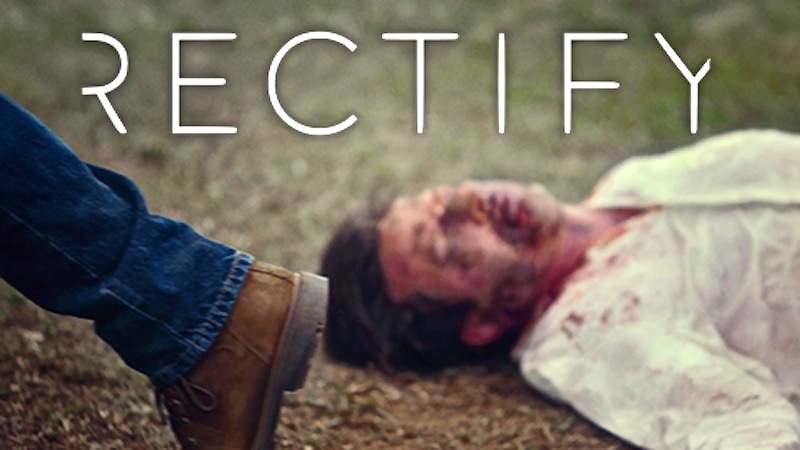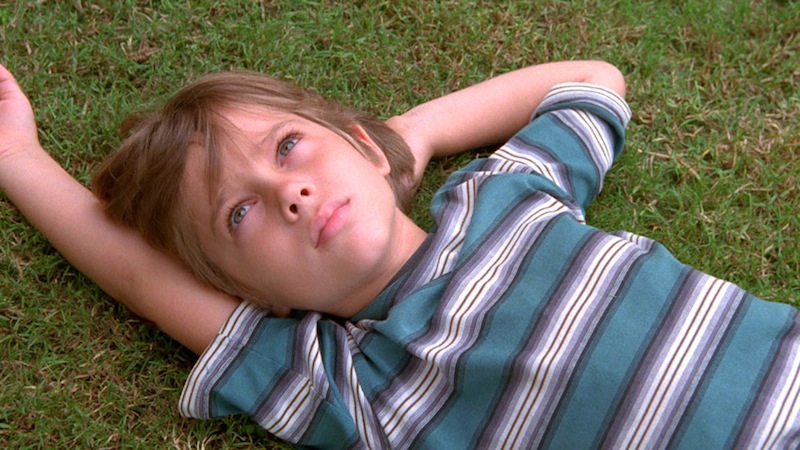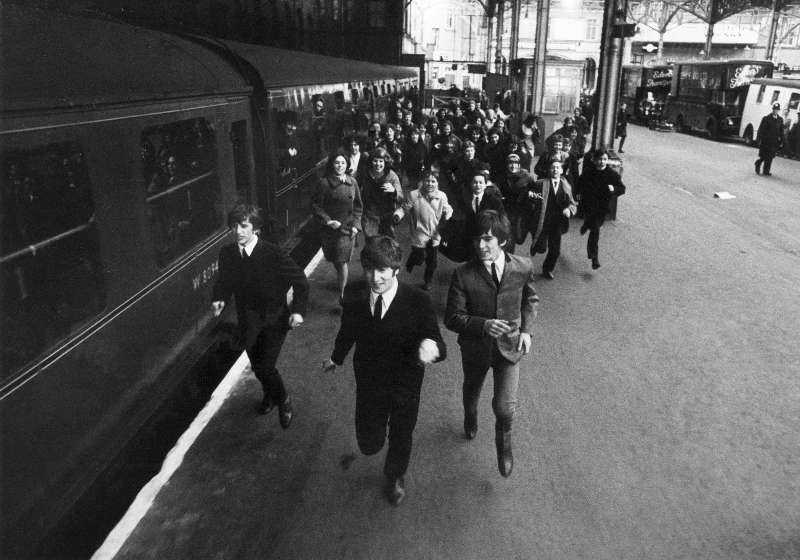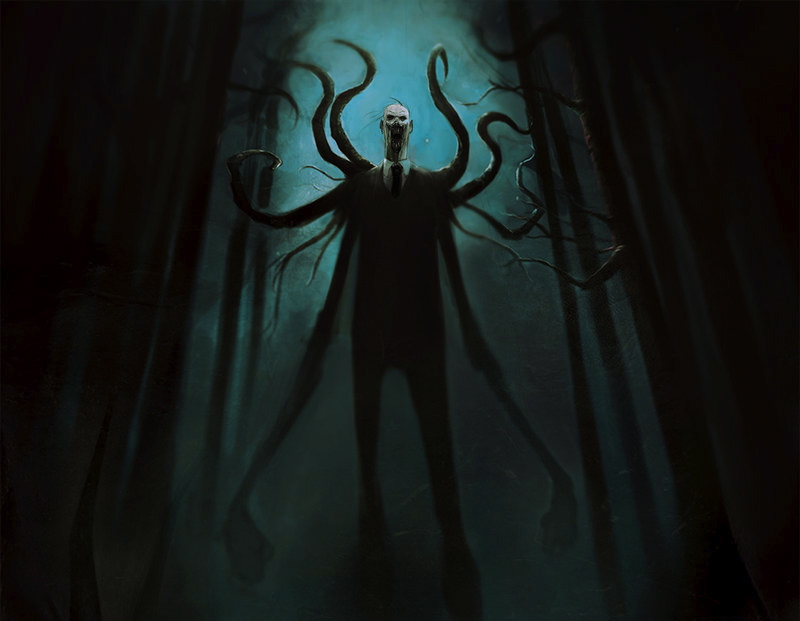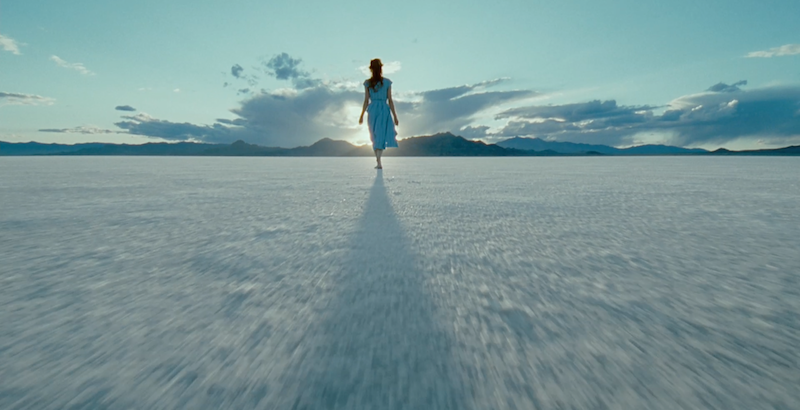 I love my job. I get paid to read and write and have deeply edifying conversations (i.e. teach classes) with talented and motivated fellow truth-seekers. Despite the difficulties that can arise, I live in the space of Frederick Buechner’s well-known definition of calling: “where your deep gladness and the world’s deep hunger meet.”The word “job”doesn’t begin to cut it. I can’t speak a whole lot to other kinds of environments, but teaching literature and creative writing at a small Christian liberal arts school is a lifestyle choice. We’ve worked to cultivate a sense of community that extends well beyond the classroom. Sometimes community unfolds in Reade Center, room 241; sometimes it’s in the dining commons, The Jumping Bean, a van ride back from a conference, a hammock at our retreat, Twitter, or my family’s living room floor.
I love my job. I get paid to read and write and have deeply edifying conversations (i.e. teach classes) with talented and motivated fellow truth-seekers. Despite the difficulties that can arise, I live in the space of Frederick Buechner’s well-known definition of calling: “where your deep gladness and the world’s deep hunger meet.”The word “job”doesn’t begin to cut it. I can’t speak a whole lot to other kinds of environments, but teaching literature and creative writing at a small Christian liberal arts school is a lifestyle choice. We’ve worked to cultivate a sense of community that extends well beyond the classroom. Sometimes community unfolds in Reade Center, room 241; sometimes it’s in the dining commons, The Jumping Bean, a van ride back from a conference, a hammock at our retreat, Twitter, or my family’s living room floor.
One of my favorite spaces is the lounge on the second story of the Euler Science Complex, with its massive wall of windows ushering in abundant afternoon light. Tuesdays@2 is our time to sit on couches and take turns reading from new work, old work, favorite books, or miscellany. Based on The Thomas Parker Society, we share poems, essays, and stories. We laugh a lot. We’ve invited guests: last spring, Marilyn Robinson joined us. (In the spirit of Tuesdays@2, she read an excerpt from her forthcoming novel Lila that she’d never before read publicly.) Once in a while, we’ll gather and, after ten or so minutes, it becomes clear that we won’t get to any reading, as the conversations that unfold have proven too important and enjoyable to cut off. And that’s okay with us.
This space and the community that has developed in it give us the courage to face the more difficult facets of our lives at home, in relationships, at jobs, in classes, and elsewhere.
* * *
When our students graduate, they leave behind expressions of community such as Tuesdays@2. While that is necessary and good, it sometimes worries me. I’m often in touch with alum who have been thrust into a different kind of space, what Richard Rohr calls “liminal space.”Suffering in a liminal space means you’re not in control; it means your desires are not translating into results. It can feel like a profound loss or humiliation, a step backward. Maybe you’re unemployed or supremely underemployed, or perhaps have taken a good job in a place where there are no friends or connections at all—much less folks who are invested in literature and writing. Even as we celebrate impressive alumni success stories every year, I talk with graduates who have, for a time, become cut off from the kind of art-and-faith community that helped shape their identity.
I’ve been there. And I want to speak now to those who no longer have access to the sacred spaces they once knew, especially those going through deep difficulties.
Suffer. There’s no getting around it. Feel the full weight of the loss without trying to run from it. Punch in to your soul-sucking job if you’re lucky enough even to have one, and be present, attentive to its tasks and to the people around you. Don’t do this because you think that God will reward your good behavior by suddenly making all your dreams come true. Do it because you have no choice. Experience the fear that such primal emptiness brings with it. Has the spark gone out of you? Will you ever thrive again? In the face of scary questions, be yourself, your best self that you want to be when times are better. Decide to be that self right now and moment by moment each day. Go back to the page and get something down, anything.
Though some people need to learn how to be alone, many of us are prone to avoid people when we’re in a dark place. We feel embarrassed about our failures, or think we should wait to meet new people until circumstances are more favorable.
Ultimately you must reach out. Timothy Radcliffe OP writes about “combatting fear by building community.”He recounts the story of Nelson Mandela: “On Robben Island, Mandela and his companions kept their courage alive by sending messages to each other. They hid messages in the false bottoms of matchboxes and left them by the paths; they concealed messages in the bottoms of their slops, and hid them under the rims of the lavatories. Courage refuses isolation.”(What is the Point of Being a Christian).
Obviously, leaving college does not compare to Mandela’s imprisonment and suffering. Wherever we are in our lives, though, we can learn a lot from his utter refusal to be cut off from connection.
Find some people with whom you can build even the smallest art-and-faith community right now. Create your own version of Tuesdays@2. I know several such groups that have existed over the years. (One was called, most appropriately, Come as You Are.) Don’t be discouraged by false starts, awkwardness, or apathy. Keep sending the message however and wherever opportunity opens.
Above all, trust that “where your deep gladness and the world’s deep hunger meet”does not refer only to some decisive dream, some buy-a-house-and-have-kids career move. We must believe that it can be cultivated even here, even now, wherever we are, when we reject isolation and find courage in community.
 I keep a personal blog in which I sometimes quote part of a good book, and then I write a brief comment on it. When I read a novel by Pearl S. Buck called The Time Is Noon (1966), I knew I couldn’t write about it. I loved it, but I wasn’t going to admit that publicly. A few weeks later, the story festering on me, I wrote about this quote from The Time Is Noon:
I keep a personal blog in which I sometimes quote part of a good book, and then I write a brief comment on it. When I read a novel by Pearl S. Buck called The Time Is Noon (1966), I knew I couldn’t write about it. I loved it, but I wasn’t going to admit that publicly. A few weeks later, the story festering on me, I wrote about this quote from The Time Is Noon:


